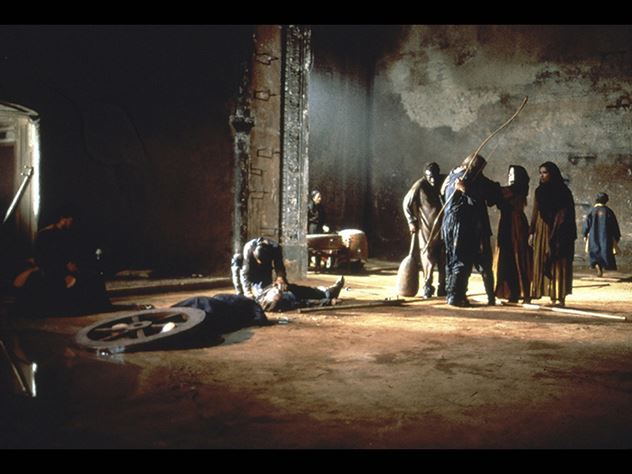St. Felix Street Presidents

Donald Blinken, President, St. Felix Street Corporation
1971—75
Donald Blinken was president of the St. Felix Street Corporation, an entity formed to operate the Academy of Music in 1969 when the Academy of Music separated from the Brooklyn Institute of Arts and Sciences, a dynamic time in the organization’s restructuring. Blinken was president from 1971—75, assuming the position when Seth Faison stepped down from his dual role as chairman/president. Blinken, a co-founder of the investment firm E.M. Warburg, Pincus and Company, was an active supporter of arts, education, and cultural institutions throughout the city and state. He was president of the Mark Rothko Foundation, chairman of the board of trustees of the State University of New York for 12 years, a board member of the New York Public Library, and served on numerous other boards. Blinken was US Ambassador to Hungary from 1994 to 1998. He and his wife Vera co-authored the book Vera and the Ambassador: Escape and Return, the story of her escape from Soviet-occupied Hungary as a child in 1950, her return with her Ambassador-husband in 1994, and their work strengthening the relationship between the US and Hungary.
Seth Faison, Chairman, BIAS Department of Education Governing Committee for the Academy of Music
1966—70
Chairman, Board of Directors, St. Felix Street Corporation
1970—71
Seth Faison provided critical leadership during the important period when the Brooklyn Academy of Music became independent of the Brooklyn Institute of Arts and Sciences. Faison was eager to revitalize the Academy.
In a November 2, 1969 New York Times article titled “Will Brooklyn Ever be ‘In’?” Clive Barnes said of Faison:
Mr. Faison looked too young to be anybody’s chairman and remarkably young to be the chairman of an organization then so resolutely downbeat as the Brooklyn Academy of Music. But Mr. Faison, a dedicated Brooklyn resident, was determined to make the Academy join both New York and the 20th century. He…had many plans and ideas…At the time it seemed pie in the sky, but…Mr. Faison clearly liked the look of the pie, and didn’t seem to think the sky was too unattainable.
Barnes went on to credit Faison with effecting a “bloodless revolution,” subtly changing the composition of the board and installing Harvey Lichtenstein as its new director.
Faison started in 1966 as Chairman of the BIAS Department of Education Governing Committee for the Academy of Music, and continued as the chairman of the board of the directors of the St. Felix Street Corporation from 1970 to 1971. That corporation was formed when the Academy amicably separated from the Institute, receiving about a quarter of the Institute’s endowment, $318,000. The other member institutions were concerned about having to shoulder the Academy’s mounting deficit and the thought was that the Academy would be better off raising funds on its own.
The Brooklyn Academy of Music was just one the many Brooklyn institutions to which Faison devoted his service. He also served as chairman of the Brooklyn Hospital Center and was a member of the board of the Brooklyn Museum. In his professional life, Faison was a successful businessman, a vice president of Johnson & Higgins, international insurance brokers.